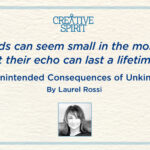Written By Menachem Rephun, Creative Spirit Communications Manager
Image Description: The title reads, in Dyslexie font (a free font designed for and by dyslexics), “A New Perspective On Disability: A History Of the Neurodiversity Movement, followed by an integrated rainbow infinity symbol (the symbol for neurodiversity).” Below sits the Creative Spirit #HireDifferent Logo. The image was designed by Chris Jarrin, art director and self-advocate, and written by Menachem Rephun, communications manager and self-advocate.

The Goal of Fair-Wage Employment for Neurodivergent Talent
Achieving full inclusion for people with disabilities in employment, education, and other aspects of life, has always been at the heart of the disability rights movement. In the late 1990s, a new perspective emerged, offering a radical shift from the so-called “medical model” of disability, which perceives disability as a problem in need of being solved or “cured”, to a more inclusive view of neurological disabilities as exciting variations along the human spectrum.
The Emergence of the Neurodiversity Movement
Dubbed the neurodiversity movement, this approach was spearheaded by Australian sociologist and disability rights activist Judy Singer, who coined the term “neurodiversity” in 1997 (just seven years after the passage of the Americans With Disabilities Act) to describe this new understanding. Singer’s interest in neurodiversity was (and still is) a personal one: her daughter has an Asperger’s Syndrome diagnosis, and Singer has speculated that she herself likely falls “somewhere on the autistic spectrum”. In the words of neurodivergent writer Bradley Boldt, Singer believes “that individuals with neurological differences should be accepted and supported, rather than pathologized and stigmatized.” In 2020, Singer herself described neurodiversity as “a state of nature to be respected – an analytical tool for examining social issues – [and] an argument for the conservation and facilitation of human diversity”. The neurodiversity movement has been subject to some criticism from disability rights advocates. Nevertheless, its efforts to de-stigmatize disability have helped redefine accessibility for millions of people in both education and employment.
Ongoing Challenges Faced by Neurodivergent Talent
Today, the neurodiversity movement is more relevant than ever. A 2016 International Journal for Equity in Health report found people with disabilities are an extremely marginalized group. International studies have shown a strong link between disability status and socioeconomic/health disparities. People with disabilities may also face challenges in accessing health care. Evaluating the past, present, and future of the neurodiversity movement is crucial in making a difference.
Principles of the Neurodiversity Movement
Initially, neurodiversity referred specifically to autism spectrum disorder (ASD), and for many, it still holds that connotation. Nevertheless, the neurodiversity label has expanded over the past several decades to include ADHD, dyslexia, and numerous other conditions. In an essay for Psychology Today, author and literature professor Jason Tougaw writes that neurodiversity is based on the concept of “cerebral pluralism” – in short, “the idea that each brain is different and some more different than others.” Tougaw cites author and psychologist Nick Walker, who outlines three principles of what Walker refers to as the “neurodiversity paradigm”. These are, respectively: the idea that neurodiversity is a natural and valuable form of human diversity; that there is not simply one “normal” or “healthy” type of brain or mind; and that the social dynamics that manifest with neurodiversity include differences in ethnicity, gender, and culture. “Voices of the neurodiversity movement are proliferating,” Tougaw writes, “advocating, debating, insisting, decrying, lobbying, influencing policy, and designing research. It seems inevitable that neuroscience research will face increasing pressure from neurodiversity activists.
Expanding the Scope of Neurodiversity
These activists, after all, are living people who embody the impetus for the research.” Tougaw points out that “neurodiversity” is expanding to include disabilities other than autism, and that the term itself is pre-dated by organizations like the Tourette’s Association of America, the Epilepsy Foundation, the American Dyslexia Association, the Depression and Bipolar Support Alliance, and the Color of Autism Foundation, which supports African-Americans on the autism spectrum. Neurodiversity Hub.org outlines the central objectives of the neurodiversity movement as 1) to “shift mainstream perceptions of marginalized NeuroMinorities”; 2), to “replace negative, deficit-based stereotypes of NeuroMinorities with a more balanced valuation of their gifts and needs”; 3), to “find valued roles for neurologically marginalized people”; and 4), to “show that all society benefits from the incorporation of NeuroMinorities.” These principles generally align with the disability rights movement’s goal of breaking down harmful stereotypes to improve inclusion and representation for people with disabilities in education and employment, as well as in media and advertising.
Arguments For and Against the Neurodiversity Movement
Since its inception, the neurodiversity movement has had a positive impact in improving inclusion for people with disabilities and challenging stigma, stereotypes, and discrimination. As Bradley Boldt explains in an essay for Medium.com, the neurodiversity movement has emphasized the skills and perspectives of people with disabilities in science, technology, the arts, and more. Nevertheless, the movement has been subject to criticism from some disability advocates who find it to be biased in favor of “higher-functioning” individuals, while trivializing the challenges of those who are more severely impaired. “Neurodiversity advocates ignore the harsh realities of severe autism, and want to forget about my sons and others like them,” Bruce Hall, a parent of sons with severe autism, was quoted as saying in an essay for Aeon.com. “They’ve done a good job of hijacking the message and monopolizing the discourse on autism, and are controlling the narrative so tightly that people like my sons will have no choice in the world.” Tom Clements, also an autism advocate, believes that with regard to autism, the neurodiversity movement “trivializes what can be a debilitating and life-denying disorder.” Others have voiced concern that the neurodiversity label, while well-intentioned, could result in denying vital treatment and therapies by downplaying or outright ignoring the challenges associated with disability. “Saying someone is neurodiverse is, in short, far too vague,” Jonny Thomson, a professor of philosophy at Oxford, writes. “In an attempt to remove the stigma from psychological abnormalities, it removes too the benefits of being diagnosed. By simply saying, “Well s/he is a bit different,” we potentially deny them access to the support mechanisms they need.”
Defending the Neurodiversity Movement
Conversely (as KPCC.org points out) defenders of the neurodiversity movement have countered these criticism by arguing that it focuses on “humanizing autistic people, creating treatments that accommodate and understand the autistic person rather than attempting to rewire them and that the movement helps change the narrative about autism to help families and society at large to understand their value and humanity, rather than trying to find cures.” In an essay for Neuroclastic.com, writer Adam Mardero argues that the neurodiversity movement has given people on the autism spectrum and with other conditions the ability to fight back against what he dubs the “cure-and-crisis narrative”. In essence, this narrative represents the view that autism is a crisis in need of being cured, a perspective which can adversely affect the self-esteem of people on the spectrum. As Mardero puts it, “the Neurodiversity Movement has provided such people [those on the spectrum] a voice with which to fight back.” Mardero adds that, in contrast to controversial organizations like Autism Speaks, which present autism as a crisis or a disease in need of being cured, the neurodiversity movement has motivated people with autism to demand “recognition of their fundamental rights.”
Addressing Unemployment for Neurodivergent Talent
Perhaps the most valuable role of the neurodiversity movement is in addressing unemployment, which continues to be one of the most serious challenges facing the neurodiverse community. Today, adults with intellectual and developmental disabilities are unemployed at 85%, according to Creative Spirit’s independent research, and at 8x the rate of people without disabilities, based on research from the University of Connecticut’s Center for Neurodiversity and Employment Innovation. The neurodiversity movement has had a strong influence on organizations like SAP, Google, and Microsoft introducing programs to onboard employees on the autism spectrum and with other neurodiverse conditions. There’s no doubt that the approach of the neurodiversity movement is fulfilling an extremely vital, indispensable role in helping people with disabilities build their confidence, self-advocacy, self-esteem, creating a society that prioritizes the “community model” to improve accessibility, inclusion, and representation for neurodiverse individuals in education and employment. Creative Spirit is proud to be part of that effort, as we work to redefine employment inclusion and create a society where neurodiverse people are not only accepted, but celebrated for their talents, and are provided with equal opportunities to succeed.






